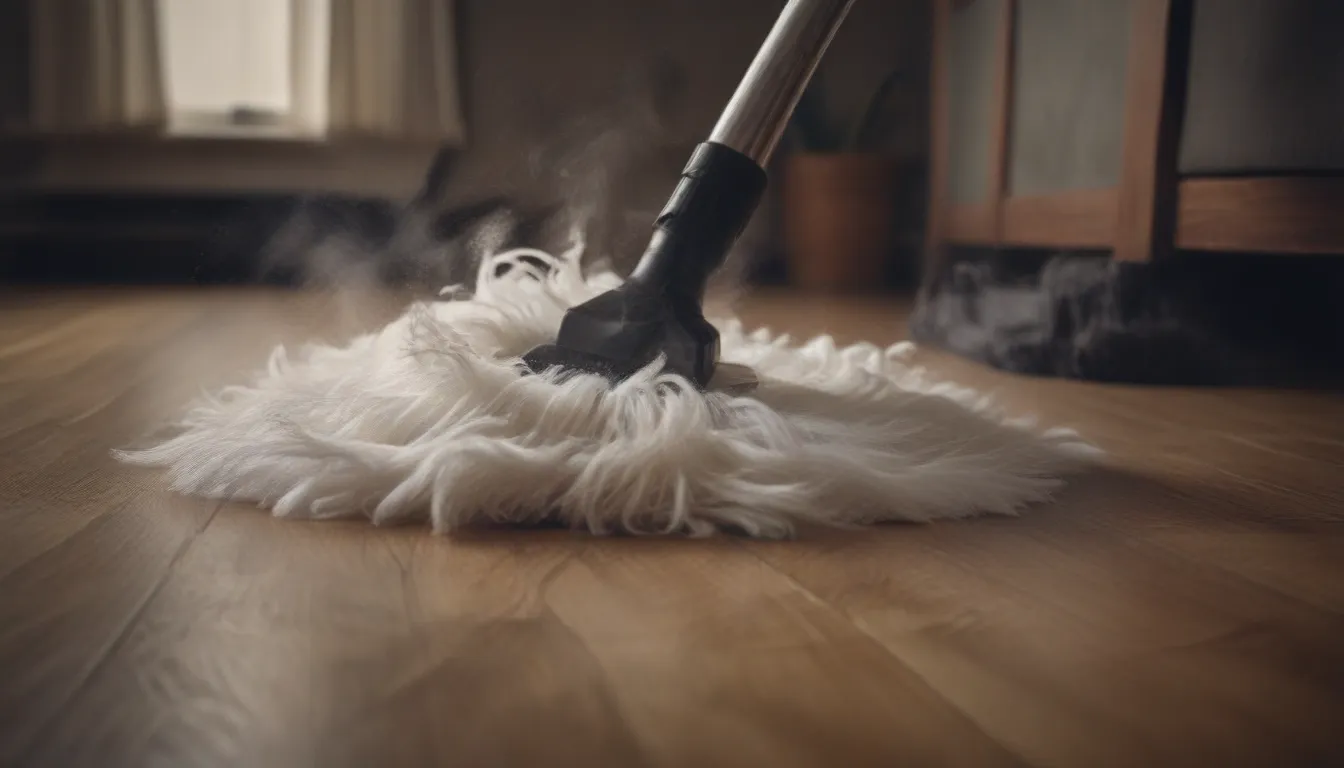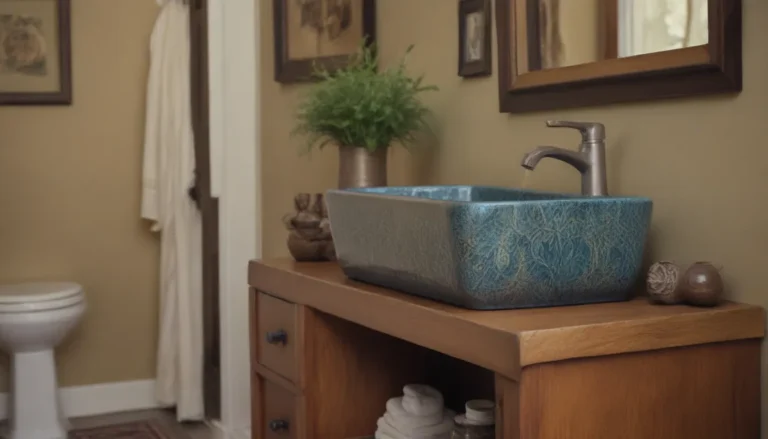The Ultimate Guide to Using Steam Mops: Tips, Tricks, and Everything You Need to Know

Are you considering investing in a steam mop to make your cleaning routine easier and more effective? Steam mops, such as the popular Shark mop, are excellent tools for deep cleaning your floors while also providing the added benefit of killing bacteria and mites. However, using a steam mop efficiently and safely requires some know-how. In this comprehensive guide, we will walk you through everything you need to know about using a steam mop effectively.
Before You Begin: Tips for Safe and Efficient Use
-
Wait to Plug in the Steam Mop: Before plugging in your steam mop, make sure to fill the water reservoir, attach the mop cloth, and unwind the cord. Plugging it in should always be the last step to avoid any potential safety hazards.
-
Don’t Idle: Avoid leaving your steam mop idle for extended periods as it can lead to a buildup of heat. Always unplug the mop if you need to step away, to prevent any damage to your flooring.
-
Vacuum First: Make sure to vacuum or sweep your floors before using a steam mop. This step is essential to prevent any surface dirt, sand, dust, crumbs, or hair from hindering the steam mop’s cleaning power.
-
Only Use Water in the Reservoir: Most steam mops are designed to be used with water only. Always refer to your mop’s manual for specific guidelines on what you can use in the reservoir.
-
Use a Clean Cloth: Avoid spreading dirt around by using a dirty mop cloth. Keep spare mop cloths on hand and change them as needed to ensure a thorough clean.
-
Avoid Hardwood and Laminate Floors: Some flooring types, such as hardwood and laminate, are not suitable for steam mops as the heat and moisture can damage them. Always check your flooring manufacturer’s recommendations.
Best Practices for Optimal Performance
- Don’t Use Steam Mops on Walls: Steam mops are designed for floors and should not be used on walls, as the hot steam can damage paint and other materials.
- Steer Clear of Cold Bathroom Fixtures: Avoid direct contact between the steam mop and cold porcelain fixtures to prevent cracking.
- Remove the Dirty, Wet Cloth: After use, remove the dirty mop cloth to prevent mildew and keep your mop head in good condition.
- Don’t Use Fabric Softener or Dryer Sheets: These can damage microfiber mop pads. Clean them in the washer with like-color items and air dry for best results.
The Benefits of Using a Steam Mop
Steam mops offer several advantages over traditional mops, such as:
- Kill Bacteria and Mites: The hot steam generated by steam mops is effective at killing bacteria and mites that may be lingering on your floors.
- Deep Cleaning: Steam mops can remove dirt from tile surfaces and even clean grout more effectively than traditional mops.
- Easy to Use: With their simple operation and quick setup, steam mops make cleaning a breeze.
- Environmentally Friendly: Since steam mops only use water, they are a more eco-friendly cleaning option compared to chemical-based cleaners.
What to Avoid
- Using Steam Mops on Unsealed Hardwood and Laminate Floors: Steam mops can damage unsealed or poorly sealed wood and laminate floors. Always check with your flooring manufacturer before using a steam mop.
- Leaving the Steam Mop Idle: Avoid leaving the steam mop in one spot for too long, as it can apply too much steam and heat to a small area, potentially damaging the flooring.
- Using Dirty Mop Cloths: Always ensure you are using a clean mop cloth to avoid spreading dirt around and to achieve the best cleaning results.
In conclusion, steam mops can be valuable tools for keeping your floors clean and sanitized. By following these tips and best practices, you can ensure that your steam mop works safely and efficiently for your household. Whether you’re cleaning tile, laminate, or other hard floor surfaces, a steam mop can make the task easier and more effective. So, plug in your steam mop, fill the reservoir with water, and enjoy a deep clean that will leave your floors sparkling.





